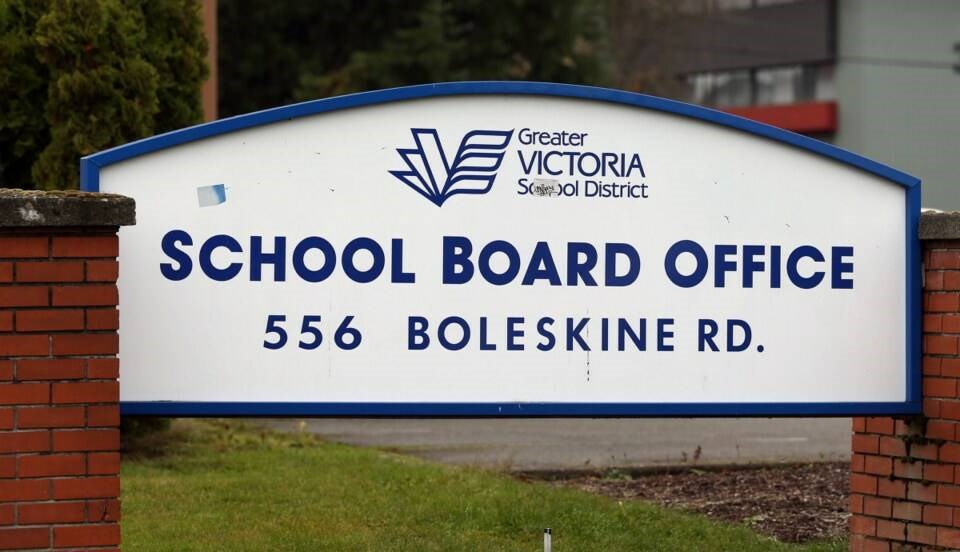A commentary by the president of the Greater Victoria Teachers’ Association
In 2018 the police union asked the Greater Victoria Teachers’ Association for support to help prevent VicPD from cutting the police liaison program.
At the time, as vice-president of the union, it made sense to me.
My students seemed to mostly enjoy their interactions with the police, and I had never really questioned why the programs were happening.
I hadn’t wondered how the program was designed, what the purpose of it was, and who oversaw it. I certainly hadn’t considered if there was any downside or potential harm involved.
To be honest, having a friendly police officer come to my school and classrooms was often a welcome break in an extremely demanding job.
From 2020-2022, the Greater Victoria School District undertook a challenging two-year review process of the school police liaison officer program, consulting with key stakeholders with a diversity of experiences and often strongly held conflicting opinions.
The history of this work is available on the district website and, for anyone seeking to understand the issue, worth a read.
The school board invested a significant amount of time to learn deeply about police liaison programs. This was time well spent, as there is a lot to learn.
Through the review process, my perspective on police in schools changed. In one significant meeting I heard someone say, “I wish that instead of people thinking about their own personal experiences and anecdotes of police liaison officers, they would look at what the research says about them.”
I finally started doing that. I began learning that my white, middle-class perspective on police was not universal, and having police in the schools impacted different people, particularly marginalized groups such as poor, racialized and queer people, in different ways.
I started hearing from diverse voices who spoke about their negative experiences with police and the effect on their feelings of safety with police in school.
I also read analysis about the use of police to provide school programs in a context where education budgets have been continually reduced, while policing budgets have been continually increased.
And I began to question if police really were the best and most appropriate people to provide programming in schools.
Police in schools aren’t free, they are funded by large amounts of municipal tax dollars. Why weren’t we spending that money on more teachers, social workers, school counsellors or public health workers: professionals with the qualifications and education to support student well-being and safety?
Although this has become a highly polarizing issue, there is common ground.
Parents, teachers, and wider community members truly want the same thing for schools: safe learning environments where children feel connected and cared for.
It’s important to realize that there is no reliable research that police liaison officers make schools or communities safer, and no evidence showing crime and gang activity is increasing in our schools.
There is, however, plenty of research on how to prevent youth involvement in criminal behaviour and keep them safe from exploitation. Investing in programs to support youth development, creating and sustaining positive social environments and peer groups, and providing resources to ensure students complete school are proven ways of keeping our kids safe.
While the VicPD are confidently asking Victoria taxpayers for a $7 million increase to their annual budget, Victoria’s schools are running on fumes.
Funding as a share of B.C.’s GDP has dropped dramatically over the past two decades, and schools are being asked to do more and more with less.
Teachers know that the kids in our classes need more than schools are currently able to provide them. In this context, it’s not surprising that bringing police into schools to provide additional programming might be seen as a possible solution to an overwhelming situation.
But students deserve to receive service from people who are actually qualified to do this work. And if the Victoria council has a few spare millions in their budget, teachers have some good ideas for how to spend it.
Let’s make sure that we spend our public dollars in evidence-based ways that will help, not harm, so all our children thrive.
>>> To comment on this article, write a letter to the editor: [email protected]



